July 10, 2025
Display overlord will be replaced? The next 5 years LCD is still the mainstream!
Every time we look back at the past from our current perspective, it's easy to feel a sense of nostalgia for how quickly things have evolved. This is especially true in the television industry. The early bulky CRT TVs created unforgettable memories for many of us, while short-lived rear projection and plasma models were destined to be quickly replaced due to technological immaturity. Today, emerging display technologies like OLEDs, quantum dots, and lasers are expected to eventually replace LCDs, which have dominated the TV market for over a decade. However, for those readers who are full of hope, I'm afraid this dream may not come true within the next five years.
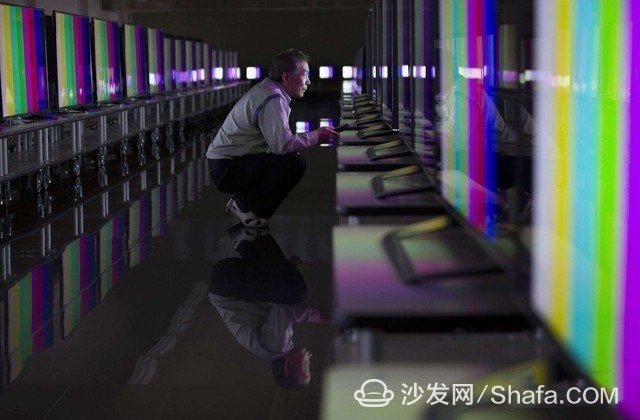
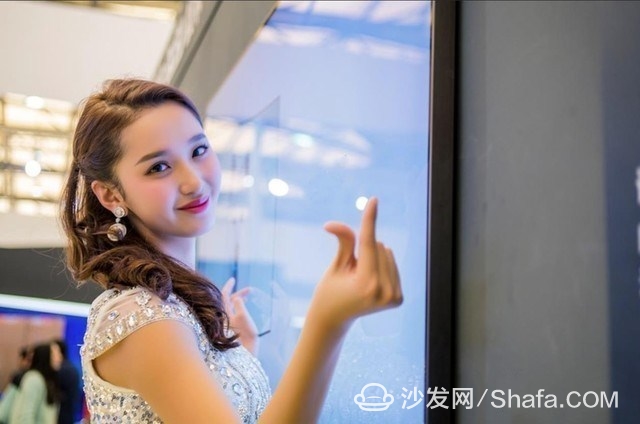
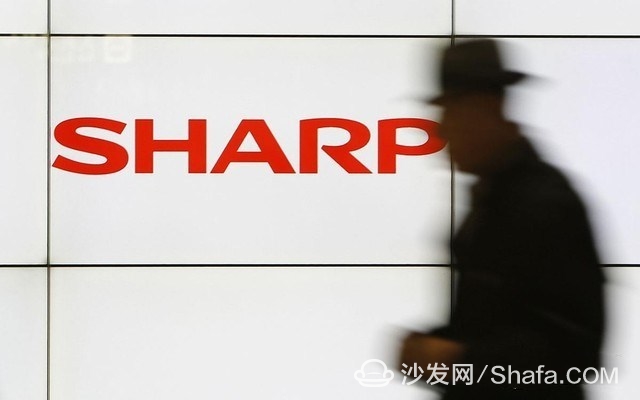
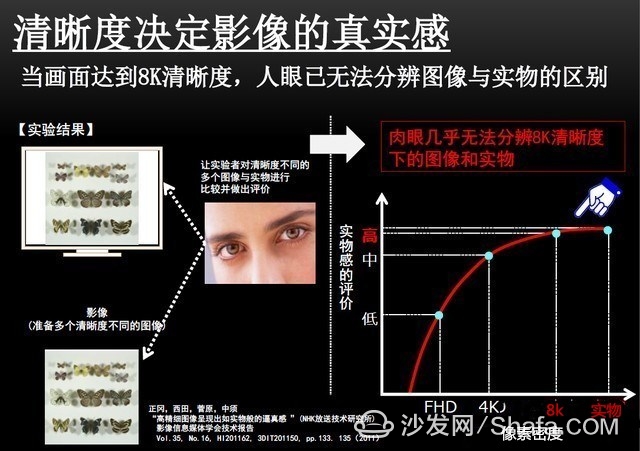
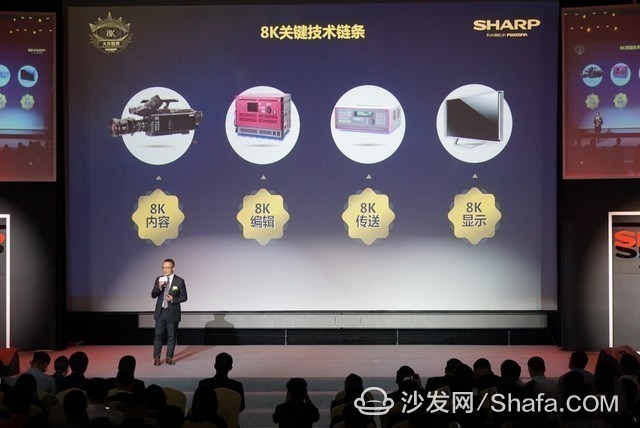
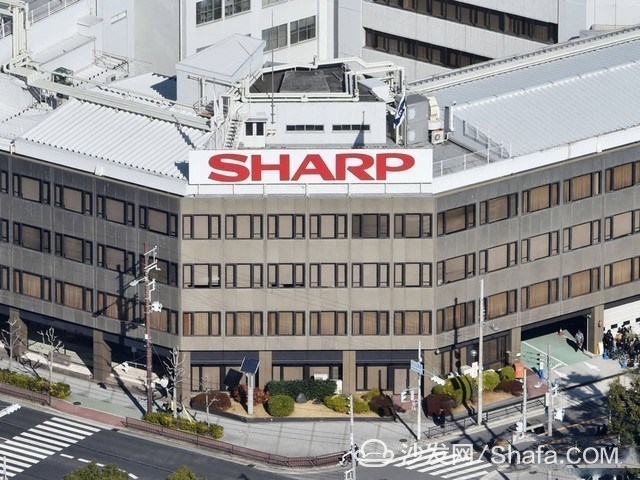

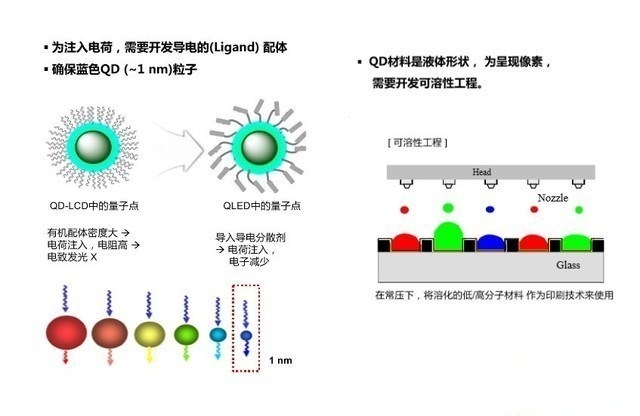
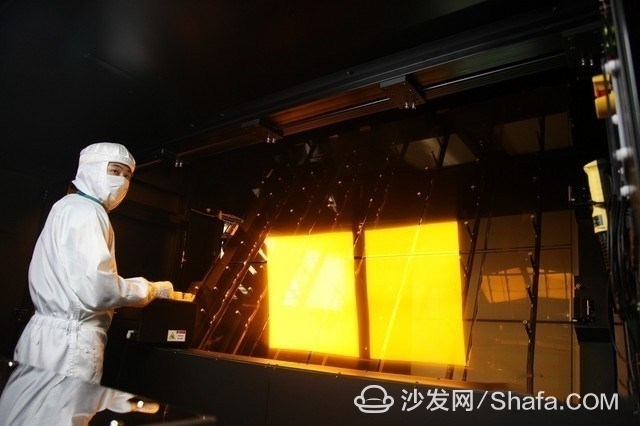


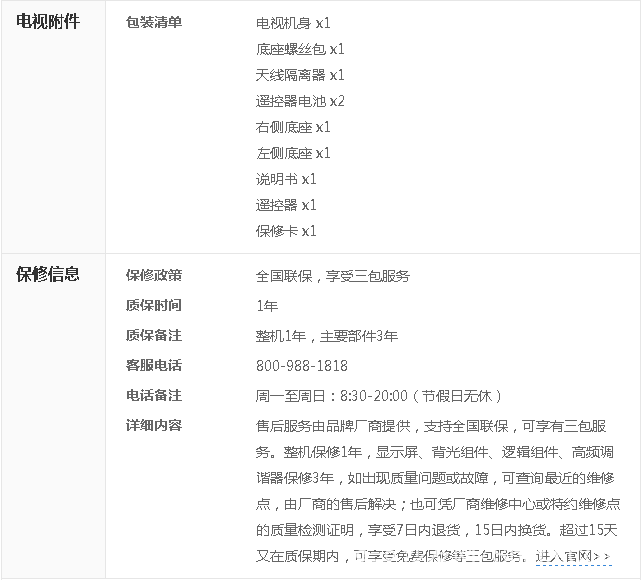
Smart TV/box information can focus on smart TV information network sofa butler (http://), China's influential TV box and smart TV website, providing information, communication, TV boxes, smart TVs, smart TV software, etc. Answering questions.

No one can shake LCD technology for the next five years
It’s not easy to replace “liquid crystal.†For the next five years, LCD will still be the mainstream. Over the past ten years, LCD has firmly held its position in the TV market. Its slim design and larger screen size made traditional CRT TVs gradually fade away. The forecasts from years ago have already been proven by the market. LCD TVs have also evolved from traditional CCFL backlighting to today’s LED backlighting, becoming more mature and taking over the entire display industry.

The emergence of LCD quickly replaced the CRT TV
Since 2016, there have been many voices claiming that the “LCD era is ending.†With the rise of new display technologies like OLED and quantum dots, and with widespread promotion by TV manufacturers, it seems that LCD TVs are beginning to fade out. Replacing old with new is a natural part of development. However, these new technologies are still far from being able to completely replace LCDs in the near future.
According to authoritative data, global LCD TV shipments reached 142 million units in 2016, while OLED TV shipments were only around 900,000 units. In 2017, LCD shipments are expected to hit 173 million, while OLED sales could reach between 1.6 million and 1.7 million units. As you can see, the gap between LCD and OLED is still huge. Even if OLED doubles every year, it would take a long time to catch up.
Hu Chunming, deputy secretary-general of the Liquid Crystal Molecular Division of the China Optics and Optoelectronics Industry Association, clearly stated that LCD remains the most competitive technology in China. LCD has been developed for decades and has the most complete and mature industrial chain in the world—something new display technologies still lack.

Sharp will inject new vitality into the LCD industry
Of course, for LCD TVs to remain competitive, innovation is key. Sharp, the pioneer of LCD technology, launched the world’s first liquid crystal display in the 1970s. Today, as LCD faces challenges, Sharp still sees potential in it.
In the 8K era, Sharp is leading the way. While many TV companies are moving toward OLED and quantum dot technologies, Sharp believes LCD still has room to grow. “Customer First, Pursuit of the Ultimate†has been Sharp’s philosophy for over a century. When it comes to 8K, Sharp uses LCD to bring viewers closer to the real visual experience. Experiments show that when resolution reaches 8K or higher, the image quality becomes truly immersive.

8K is the closest resolution to human eye clarity
Although 4K TVs have become popular, they are still relatively rare. When Sharp introduced 8K TVs, many were skeptical. But as a top-tier brand, Sharp has delivered on its promise. Dr. Chen Zhenguo of Foxconn said that Sharp aims to transition from the “father of LCD†to the “father of the 8K ecosystem.â€

Sharp builds in addition to the real 8K ecology
To make 8K Ultra HD truly enhance our vision, Sharp has developed an 8K ecosystem covering eight dimensions: work, education, entertainment, family social life, environmental protection, vehicle use, property transactions, and health and safety. This wide coverage makes the ecosystem comprehensive and meaningful.
The foundation of Sharp’s 8K ecosystem lies in building a full industry chain—from content creation and broadcasting, to 8K source shooting, storage, transmission, and final playback. Sharp is well-prepared to lead the next 8K era.

Sharpest Feelings of 100 Years of Sharpness - Bringing the Ultimate Experience to Users
Seeing the real world on a TV screen is the ultimate goal of countless television engineers. From being the benchmark LCD manufacturer to now leading the 8K era, Sharp has remained committed to LCD technology throughout. This persistence allows them to anticipate and meet the needs of the times, pushing the boundaries of what’s possible.
LCD continues to hold more than 90% of the panel market share. OLED and quantum dot TVs are still in the early stages and will take time to fully replace LCD. Since 2017, OLED and QLED TVs have started to gain attention. OLEDs offer deep blacks due to their self-luminous nature, while QLEDs provide richer colors through material-based luminescence. However, these technologies still need time to overcome technical and production challenges.

OLED TV capacity still needs to be improved
One of the biggest challenges for OLED is production capacity. Currently, only LG Display can produce OLED panels, with three production lines. In 2017, the output was about 1.8 million units, expected to rise to 2.5 million in 2018. Although mainland manufacturers like BOE and Huaxing have shown interest, it will take 3–5 years before they can scale up production.

QLED technology still has many difficulties
Quantum dot technology faces the challenge of achieving true electroluminescent QLEDs. Most current QLED TVs are based on LCD innovations, using a purer blue backlight and a quantum dot film to enhance color. However, the ultimate form is self-luminous QLEDs, which do not require a backlight. This technology is still under development.

LCD has a complete industrial chain layout in the world
From the above points, it’s clear that although OLED and QLED are gaining traction, they still need significant R&D and production improvements. LCD, on the other hand, has a long history and a mature, complete industrial chain. Whether in production processes, capacity, or materials, LCD will continue to dominate the market for the next few years.
Sharp LCD-70SX970A detailed parameters



Smart TV/box information can focus on smart TV information network sofa butler (http://), China's influential TV box and smart TV website, providing information, communication, TV boxes, smart TVs, smart TV software, etc. Answering questions.
Sport Stadium Perimeter LED Display
Sport Stadium Perimeter LED Display,LED video wall for sports venue,Sports arena LED screen,Waterproof sports LED digital signage,Energy saving Soccer Stadium LED Display,High Brightness sports LED Video wall
Shenzhen Xinfei Century Technology Co., Ltd. , https://www.rgbdancing.com